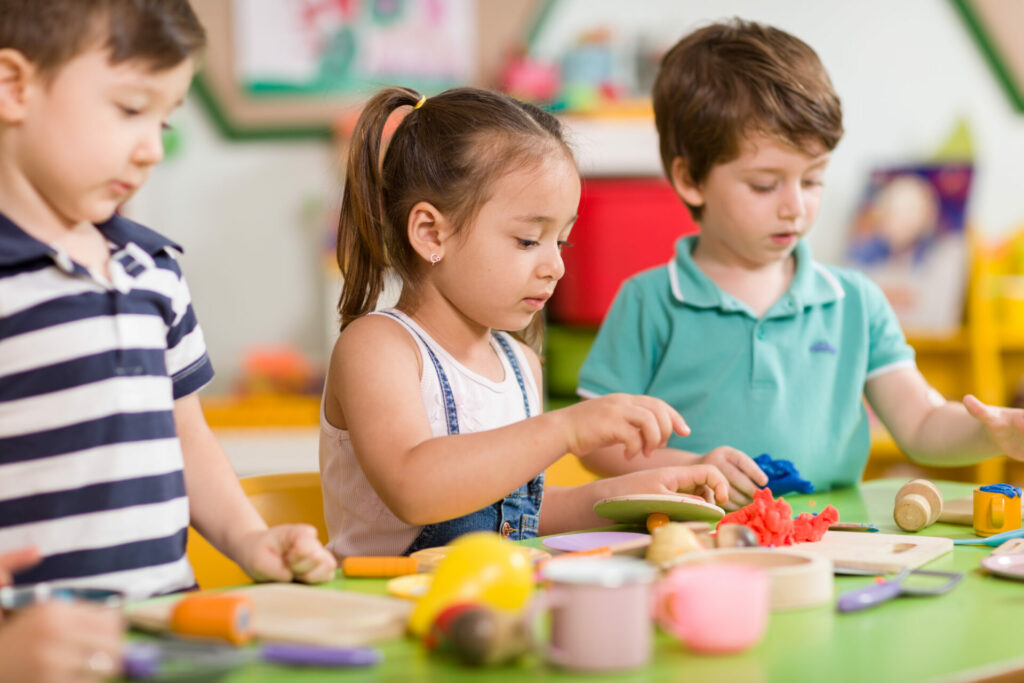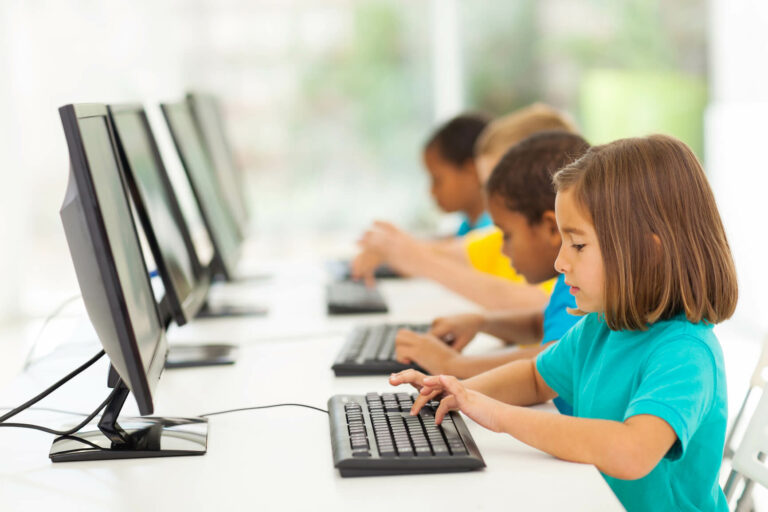Creating a nurturing and supportive learning environment is fundamental for fostering the growth and development of preschoolers. At Heritage Learning Center, we believe that the surroundings in which a child learns play a significant role in their overall development.

Understanding the Needs of Preschoolers
At this age, children are curious, imaginative, and always eager to learn. They crave exploration, understanding, and the ability to express themselves. Their environment should be tailored to meet these needs and provide opportunities for:
- Hands-on Activities: Play is the primary mode of learning for young children. Through play, they can explore, experiment, and discover.
- Emotional Support: Preschoolers need validation and understanding as they begin to navigate their emotions.
- Social Interaction: Children at this age are learning how to build friendships, share, and cooperate with others.
Physical Layout and Design
The physical layout of the learning environment matters. Classrooms should be:
- Safe: Remove any hazards and ensure that all equipment is age-appropriate.
- Accessible: Children should be able to easily access learning materials, fostering independence.
- Organized: Clearly defined areas for different activities help children know where to find and return resources.
Emotional and Social Climate
A supportive learning environment is more than just physical space. It encompasses:
- Positive Teacher-Child Relationships: Educators at Heritage Learning Center strive to understand each child’s unique needs and form a bond based on trust and respect.
- Encouraging Peer Interactions: Activities that require collaboration or sharing can help children learn vital social skills.
- Consistent Routines: Predictable routines give children a sense of security.
Incorporating Nature and the Outside World
Nature has a calming effect on children and offers countless learning opportunities. Incorporate natural elements such as:
- Outdoor Play: Regular time outdoors allows children to explore and connect with nature.
- Natural Materials: Items like rocks, shells, and wooden blocks can be used in play and teach children about the world around them.
Tools and Resources
Equip the learning environment with diverse tools and resources that cater to different learning styles:
- Visual Aids: Charts, diagrams, and colorful displays.
- Tactile Materials: Craft supplies, clay, and sand.
- Audio Tools: Musical instruments and sound-based games.
At Heritage Learning Center, we understand the profound impact a nurturing and supportive environment can have on a preschooler’s growth and development. We constantly strive to offer our young learners the best, ensuring that they are prepared for the future while cherishing their present.
Remember, the early years lay the foundation for future learning. By creating an environment that meets the needs of preschoolers, we not only support their academic growth but also their emotional and social well-being. Contact us today for more information!

